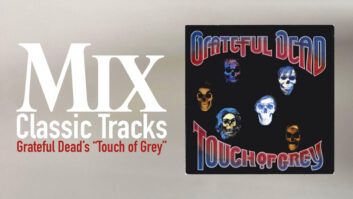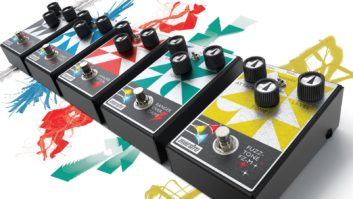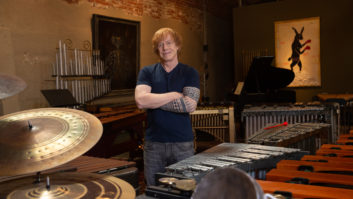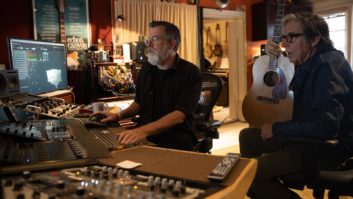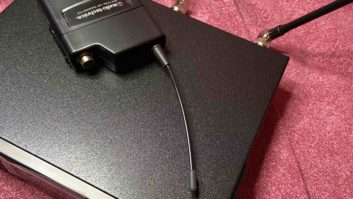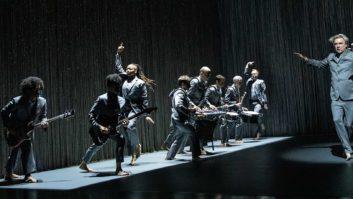Working in audio can be tricky, especially when you’re with a client who knows just enough about technology — or “art” — to be dangerous. And when you’re dealing with a group of people — either mixing with a whole band present (each needing to be a little louder) or doing commercial spots with the “help” of six agency people — the role of the engineer requires a major dose of diplomacy. The irony of it all occurs when clients demand the finest engineers available and then tell them how to mix.
A well-known film mixer in the Bay Area tells a story about how, in the midst of the films-being-too-loud craze of the mid-’90s, a director kept asking him to push the levels on the music track. Not only did that upset the balance of the scene, but it bordered on dangerous. So he played it back at a slightly higher level, but didn’t print the changes. On subsequent playbacks, the director loved it.
I once got a call to do a FOH mix for a folk-rock show at the Berkeley Community Theater. The sound company that hired me sent a Renkus-Heinz SMART System — a fairly compact rig, yet with plenty of oomph for a mostly acoustic show in this 3,000-seat venue. During setup, one of the band’s managers started screaming that the system was too small. Unfortunately, this was the company’s loudest system, so one of our techs went back to the shop to get some empty JBL “W” boxes: We put two on either side of the stage, stacked the SMART cabinets on top and fired it up. The manager was impressed, saying, “That’s exactly what I wanted.” Sometimes, creativity involves more than just pushing faders.
I’m not advocating deception. But when you hire talent, sometimes you have to accept, and learn from, the expertise that you hired. And sometimes it’s the responsibility of the engineer to educate the client. It isn’t always easy to correct those who sign the checks, but that’s where diplomacy enters the creative equation. Recording is a service industry, where the customer is always right, so if we mix to please clients and they later determine that the mixes sound bad, the result may be the customer bad-mouthing the engineer or studio. However, there should be no surprises here: The audio business has always been laden with ironies of all sorts, from the vintage LA-2A compressor next to the bells-and-whistles Nuendo rack, to the engineer who’s loading TR-707 kick drum sounds into a 24-bit/96kHz system.
For some real audio ironies, you may not have to look any further than an AES show. Besides the obvious examples, such as tube gear in a digital world, I’m always impressed by the number of young engineers — often spike-haired kids — who pack into a recording forum featuring revered masters such as Phil Ramone or Bruce Swedien and soak up every word.
On the show floor, it’s hard to spot the major players by appearance alone. Woe to the console rep who bypasses the shabbily dressed fellow — possibly a hot new producer — in favor of the guy in the suit, who may simply be an accountant/audio hobbyist on his lunch hour. So, who’s more likely to plunk down $500,000 for a big digital board? Audio may be filled with ironies, but there can be no assumptions. I like that.
See you at AES!

